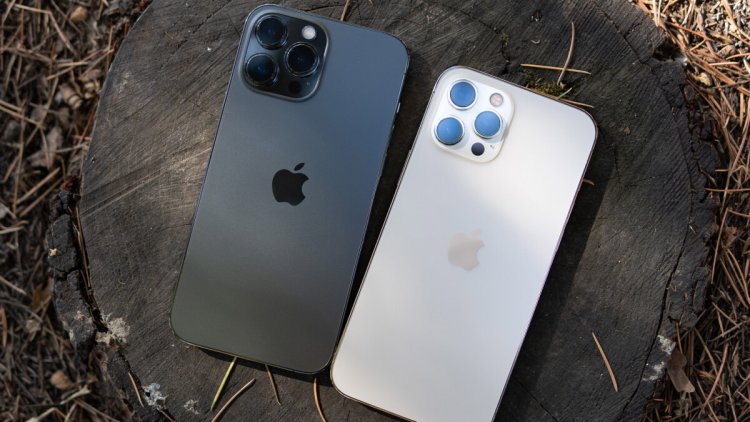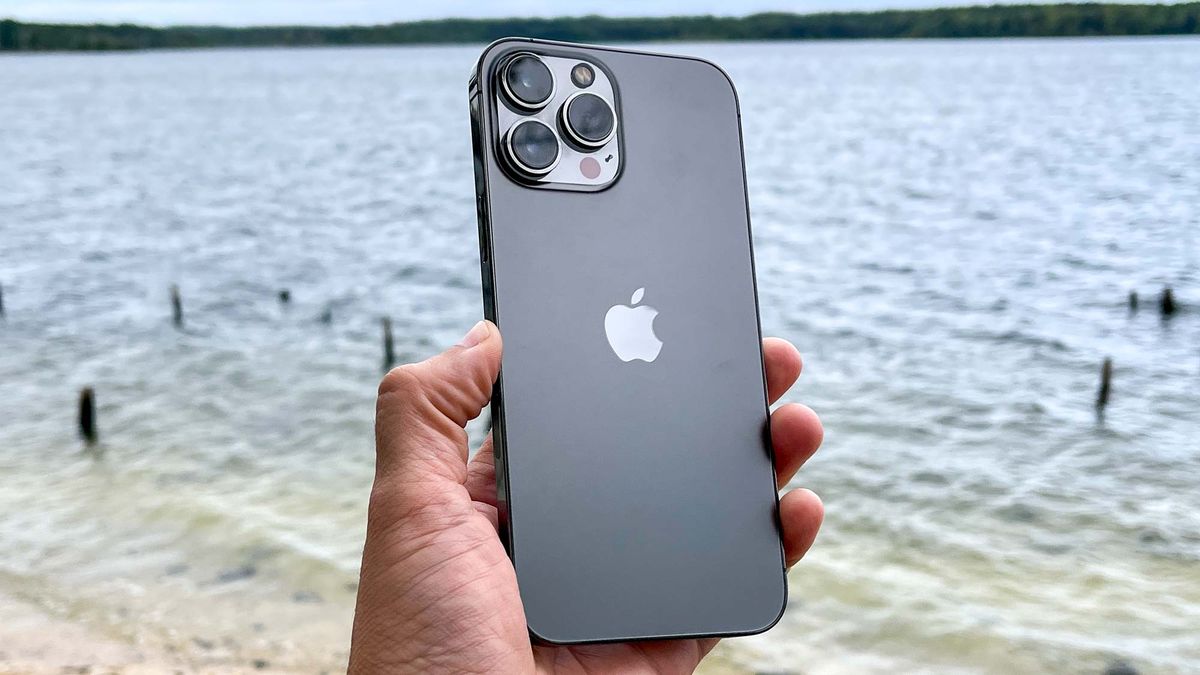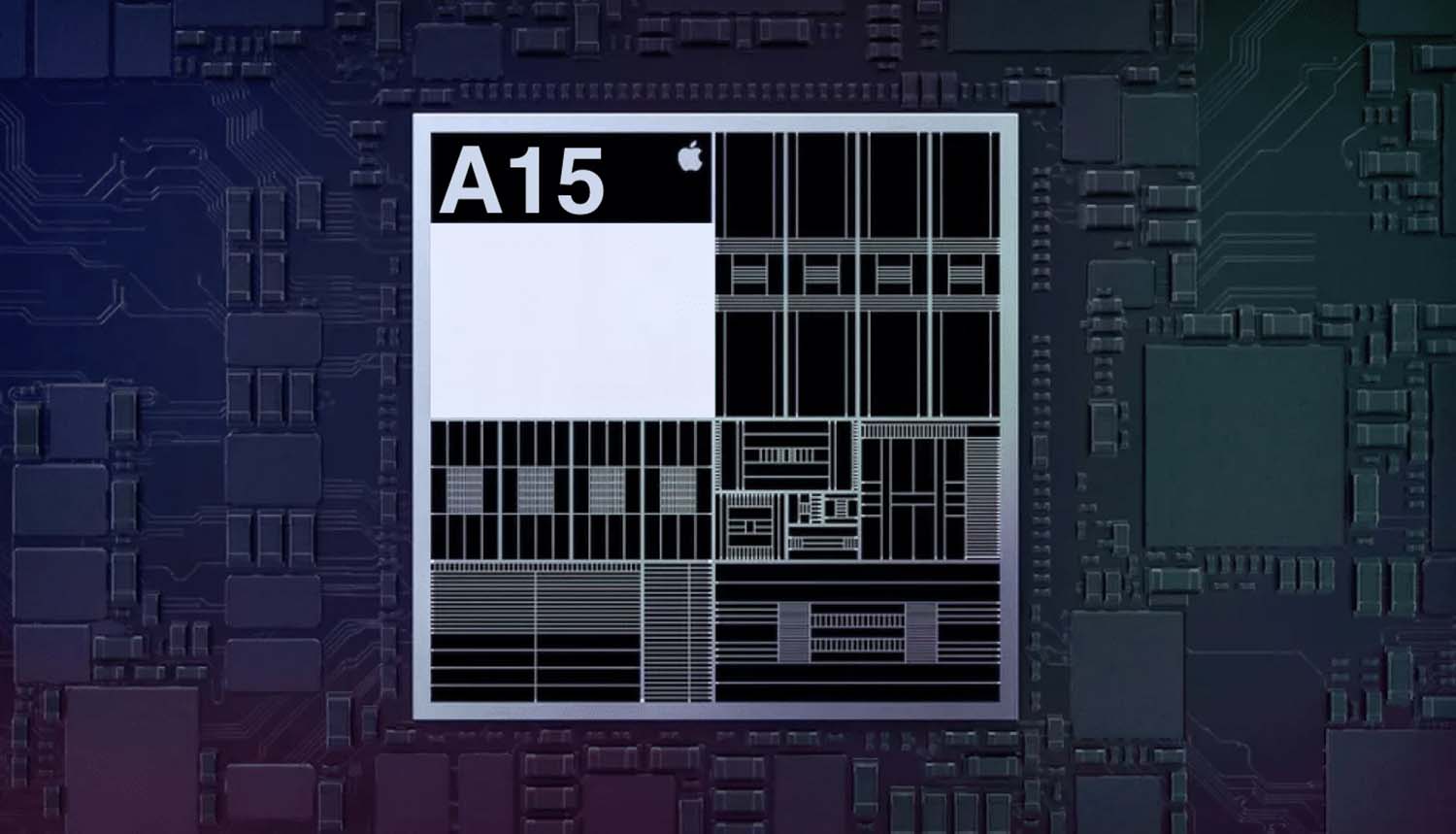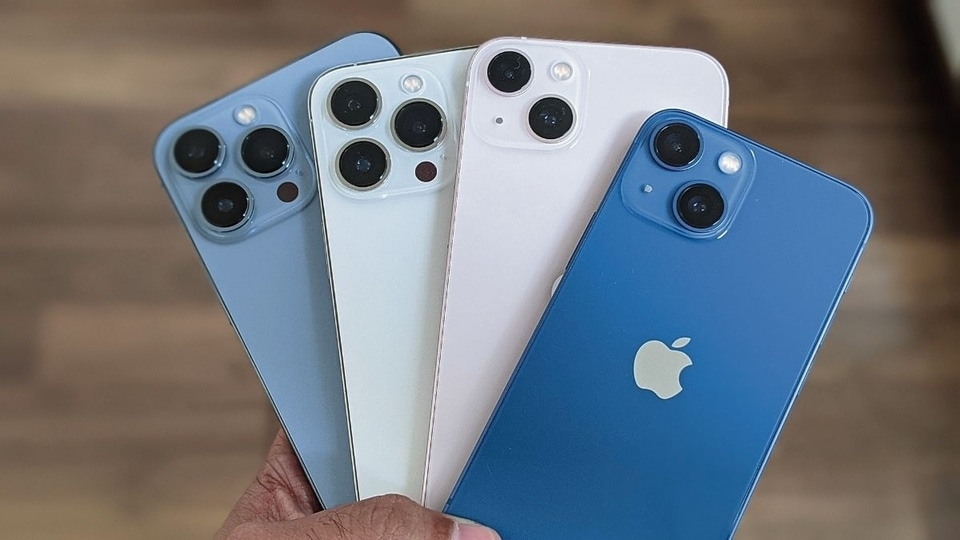iPhone 13, iPhone 13 Pro The Best New Reasons to Buy an iPhone 12?
Discover the compelling reasons to upgrade from an iPhone 12 to the iPhone 13 or iPhone 13 Pro, featuring significant enhancements and improved performance.

As has been speculated, speculated about, and leaked for the better part of a year, Apple finally announced the iPhone 13 and the iPhone 13 Pro at its California Streaming event on Tuesday. The newer models of Apple's iPhone come with a notch that is less pronounced, as well as cameras that have been fine-tuned. Apple staged an event in the form of a regular keynote, which, despite the fact that it had to take place virtually due to logistical constraints, was not short of superlatives or appreciation for every tiny detail. However, despite the fact that the difference between the Pro and standard models has shrunk, the fact of the matter is that there was not a great deal to be excited about.
The dimensions of the new iPhones are virtually identical to those of their direct ancestors, the iPhone 12 and 12 Pro series, with the possible exception of a few millimeters here and there. Certainly, they are available in a variety of hues. On the front, our notches are now a little bit smaller, but they are also a little bit taller, and I do not believe that this is a big improvement. If it's possible, I'd really like to be able to tell what percentage of my battery is left, but considering how quickly the Android market realized that notches were not an innovation worth replicating, Apple does not really come out on top in this regard.

There are still only two cameras located on the back of the iPhone 13 and iPhone 13 small; however, they are now arranged in an uncomfortable diagonal pattern. This is one of the few times that Apple has gone with something that is so anti-minimalist. The non-Pro models do not include a specialized optical telephoto camera, and thus are unable to use their wide-angle cameras to take macro photographs. This is a feature that has been available on Android phones for quite some time, and it is available on even the most affordable models.
Both Cinema Mode and Photographic Styles are significant additions to the camera app, but it does not appear that future versions of iOS will bring support for these capabilities to earlier iPhone models. These are both significant value-adds for anyone who is seriously interested in the art of photography or cinematography, but they are not intended for situations in which you will simply whip out your phone to quickly grab a shot of what is going on around you, nor are they intended even for photos and videos that you would regularly take of people, places, and events. They are for situations in which you have the opportunity to thoughtfully contemplate how to frame a subject, what sort of expression to capture, and what sort of nuance you want to bring to your work as a photographer.
Will those with limited budgets and an interest in filmmaking find this to be of any interest? Sure. Is it reasonable to expect the average individual to put so much attention into their everyday photos? It's not likely.
It goes without saying that advances in camera quality with each new generation are always welcome, especially when newer gadgets can be purchased for the same price as their predecessors. Performance in low light should be good across the board, and sensor-shift stabilization will make a nuanced impact in a wide variety of different scenarios.
Each pair of iPhones, including the iPhone 13, the iPhone 13 small, the iPhone 13 Pro, and the iPhone 13 Pro Max, have identical specifications. This is a relief, as it means that there are no significant functional camera variations between the pairs. The wide and ultra-wide cameras that come with the Pro models are not the same as the ones that come with the non-Pro models. The Pro models come with an additional telephoto camera in addition to the wide and ultra-wide cameras. The reviews will indicate how significant of a change there will be when it comes to actual usage. Note, however, that ProRes video recording is limited to 1080p rather than 4K on the 128GB storage variants – likely due to flash memory read and write speeds – so you still have to spend a bit more than the entry-level price to get all of the best capabilities. This is true even though you no longer need the biggest and best iPhone to get the top-end features.
While all four of the new iPhones are powered by the same A15 Bionic system-on-chip (SoC), the two Pro models each have one more GPU core. This gives them a significant advantage in terms of raw power. GPU power is being utilized to differentiate across price tiers, much to how it was used to do so with many recent Macs that were powered by Apple's M1 SoC. The performance of video encoding and gaming should both be impacted in some way as a result of this. Apple does not provide a great deal of information regarding the frequencies or thermal properties of the SoC. All they tell us is that there are two cores with high performance and four cores that are power efficient. Notable as it may be, this keynote was similarly sparse on performance comparisons; with the exception of the fact that Apple considers itself to be multiple generations ahead of its competitors, which actually tells us that the products from the previous year are still quite good.

What else does Apple's newest lineup of iPhones have to offer? It's amazing that the battery life can now last up to two and a half hours longer than before. Because of some inexplicable reason, the Pro models are the only ones that offer a refresh rate of 120 Hz; therefore, you will need to get one of those if you wish to fulfill this requirement. It appears that the Ceramic Shield front, IP68 rating, and compatibility with MagSafe accessories have all been carried along from the previous year without any changes.
Then there is, of course, Apple's iOS, the iCloud ecosystem, simple connection with Apple Watch, Macs, and AirPods, and the company's well-known appeals to users' concerns regarding their privacy and safety. There is a guarantee of software updates for an extended period of time; this goes much beyond what any Android phone manufacturer has been able to give up to this point. The construction of all four phones will be of the highest caliber, with materials and finishes of the finest quality throughout. The displays on iPhones consistently look fantastic, the speakers are serviceable, and there is no reason to complain about the quality of the phone calls.
The cost of iPhones does have a tendency to decrease with time, and when large e-commerce companies run promotions, we can frequently discover reductions on older generations of iPhones that are very eye-catching. Even taking into account the newly announced official MSRPs, the iPhone 12 family still has a beautiful design. When compared to the iPhone 13 mini, which costs Rs. 69,900 for the 128GB model, Rs. 79,900 for the 256GB model, and Rs. 99,900 for the 512GB model, the price of the iPhone 12 small (Review) has decreased to Rs. 59,900 for the 64GB model, Rs. 64,900 for the 128GB model, and Rs. 74,900 for the 256GB model.

When comparing the iPhone 12 (Review), which is now priced at Rs. 65,900 for 64GB, Rs. 70,900 for 128GB, and Rs. 80,900 for 256GB, to the iPhone 13, which is priced at Rs. Rs. 79,900 for 128GB, 89,900 for 256GB, and Rs. 1,09,900 for 512GB, there is some duplication in the storage capacities available. At the same price, would you choose to purchase the smaller and more recent iPhone 13 mini or the larger iPhone 12? In the course of our comprehensive assessment, we will definitely want to take that into consideration.
Although Apple has announced that the iPhone 12 Pro and iPhone 12 Pro Max are no longer being produced, we can anticipate that they will continue to be available for purchase for some time. If they go on sale for less than Rs. 1,000,000 (like the iPhone 11 Pro and iPhone 11 Pro Max did not too long ago), they will be an attractive alternative to buying an iPhone 13 that does not include a pro version.
The iPhone 13 Pro comes in storage capacities of 128 gigabytes, 256 gigabytes, 512 gigabytes, and 1 terabyte, and will set you back Rs. 1,19,900, Rs. 1,29,900, Rs. 1,49,900, and Rs. 1,69,900 respectively. The price increase for each tier of the iPhone 13 Pro Max is precisely Rs. 10,000, which results in the 1TB model being the most expensive iPhone ever at Rs. 1,79,900. If you are not a filmmaker, you probably do not require 1 terabyte of storage capacity; yet, if you only have 128 gigabytes, your video recording goals will be severely constrained; therefore, the alternatives that fall somewhere in the middle make the most sense. If you want the most recent and innovative product, you will need to spend this much money.

On the other hand, iPhone owners are forced to put up with a number of vexing limitations, including limited user interface customization options, a closed filesystem, the inability to transfer files via Bluetooth in a simple manner, pricey accessories, and a proprietary connector called Lightning (with no charging adapter included in the box). More important than all of that is the fact that you can obtain various features that are similar to or even better on Android phones that cost anywhere from Rs. 15,000 to Rs. 45,000. It is extremely difficult to ignore this fact.













